Carfentanil: What Are We Seeing in Washington State?
09/26/2025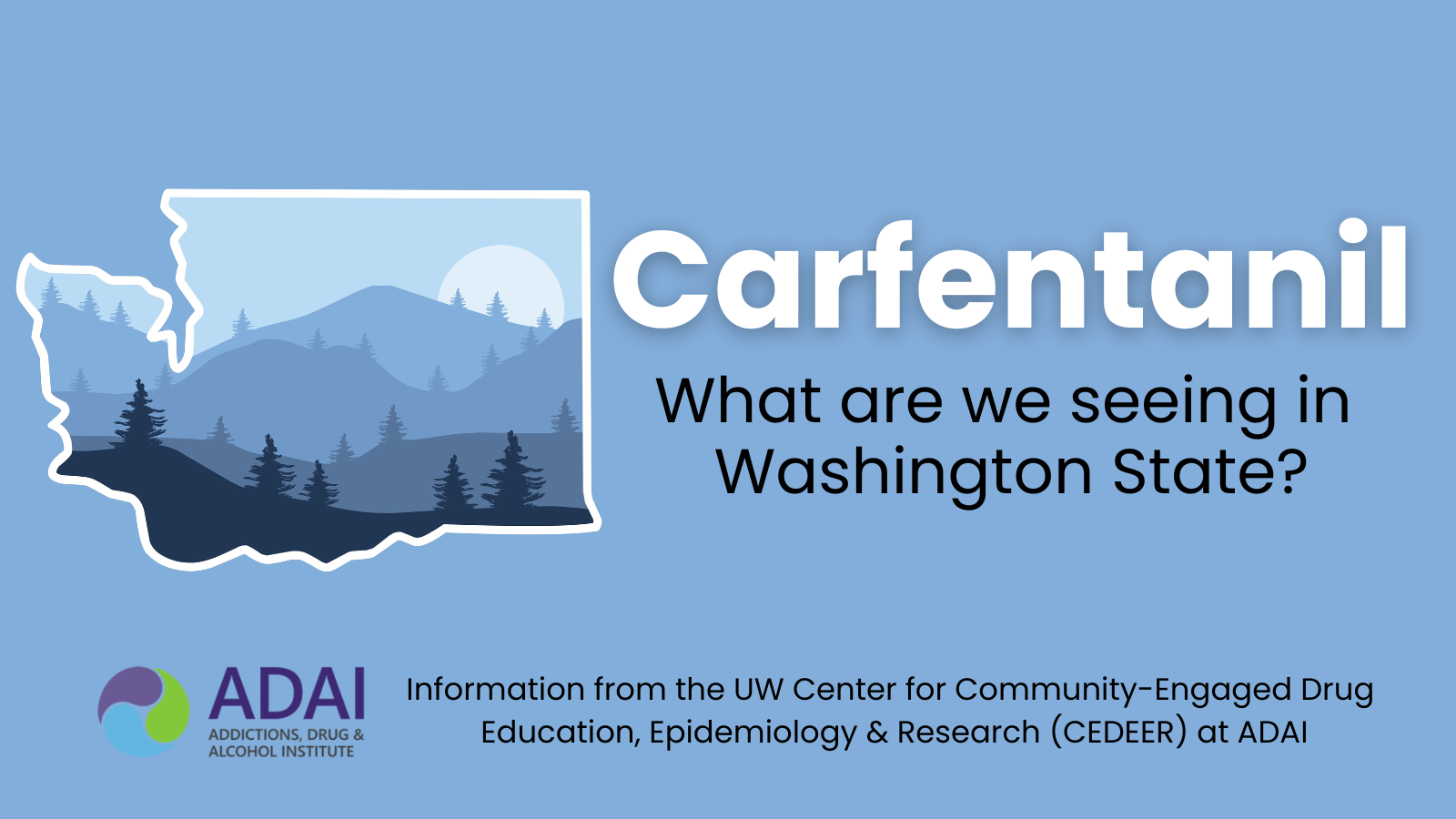
The DEA recently reported that more than 50,000 fake pharmaceutical pills were seized by law enforcement in Western Washington. The pills were labeled with “M30” and designed to look like oxycodone. In recent years such pills typically contained illicitly manufactured fentanyl, however these contained carfentanil instead.
Carfentanil is an incredibly strong opioid used medically in large animals that is 100 times stronger than fentanyl and 10,000 times stronger than morphine.
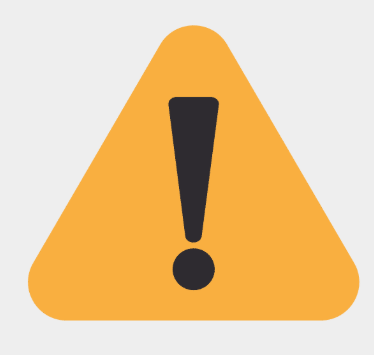
It’s important to note that, with continuing limited access to on-demand medication treatment for opioid use disorder, the absence of safer alternatives, and uneven availability of health and harm reduction services, many people who use opioids have no choice but to resort to getting them from unregulated sources, risking exposure to drugs like carfentanil and other potentially harmful substances.
What does the data show?
We at ADAI help track and interpret drug trends in Washington State. Carfentanil has been documented occasionally in recent years in WA State:
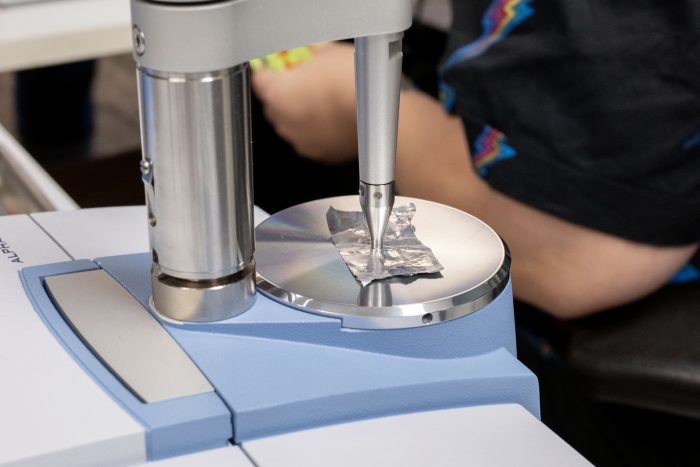
The WA State Community Drug Checking Network (CDCN; supported by ADAI) reports:
- Spring 2024: Carfentanil was first detected in state samples.
- Last 3 quarters of 2024: 23 samples tested positive for carfentanil among 1,541 samples sent for secondary testing.
- First 3 quarters of 2025: 7 samples tested positive for carfentanil among 1,256 samples sent for secondary testing (preliminary data).
- Of these 30 total carfentanil-positive samples, 77% were also positive for fentanyl and only one was a pill, with most being powder/rock.
Note that samples from the CDCN are a relatively small sample of all drugs in WA State and are not representative of the overall drug supply

Police evidence tested by the Washington State Patrol Crime Lab first detected carfentanil in 2013:
- From 2013-2020 there were 8 cases involving carfentanil, 0 cases from 2021-2023, and 27 in 2024. From January to June 2025, data document 7 cases*.
- For comparison there were 2,731 cases positive for fentanyl in 2024.
*Note these data are typically lagged by many months.
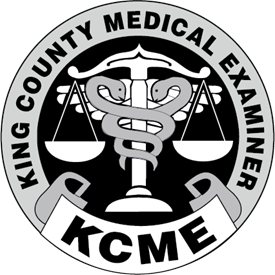
The King County Medical Examiner’s Office reports the following among overdose deaths in King County:
- In 2024: 1,080 overdose deaths: 796 involving fentanyl and 6 involving carfentanil.
- In 2025 (preliminary, through mid-September): 682 overdose deaths: 544 fentanyl, 4 carfentanil.
- Reports from treatment providers show that some patients tested positive for carfentanil, even though they likely thought they were using fentanyl. These opioid-tolerant patients showed no symptoms of intoxication or overdose.
Taken together what does this all mean?
- The drug supply is highly unpredictable with many different and ever-changing substances. The strength of the drugs varies and is unknown. Only medication obtained from a pharmacy should be assumed to be legitimate.
- Carfentanil is potentially highly dangerous.
- While 50,000 pills sounds like a lot, a person with opioid use disorder and high tolerance might take 10 pills a day. That means 50,000 pills could supply about 167 opioid tolerant people for one month to prevent withdrawal.
- It’s important to understand some of the reasons carfentanil is in the drug supply:
- Profit: Drug trafficking organizations are designed to make money. The more concentrated a drug is, the easier it is to ship and transport. Carfentanil is very strong, so less is needed to have the same effect.
- Drug/precursor availability: International laws and policies increasingly restrict access to the chemicals needed to make fentanyl. As a result, other approaches have emerged, like adding drugs to extend its effects, making fentanyl precursors, or turning to other fentanyl-like drugs such as carfentanil.
- Need/Demand: People with opioid use disorder often rely on illicit opioids and have little control over what they get, leaving them exposed to fentanyl, carfentanil, and other drugs. In addition to not knowing what drugs are present, they also don’t know the strength, or other possible contaminants.
Supports for people who use opioids
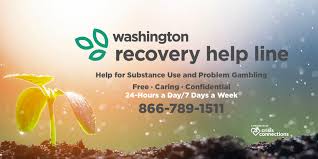
- Most people (80%) with opioid use disorder want to be on effective treatment medications like methadone or buprenorphine, but many cannot easily access them. These medications support recovery and reduce mortality rates by 50%.
- New, easier ways to access treatment medications are available. Contact the Washington Recovery Help Line to find services locally and learn more about what opioid use disorder is and the role of treatment medications.
- People who use drugs can get samples tested at drug checking programs available in some communities in WA State. Find information about the WA State Community Drug Checking Network and participating sites here.
- Naloxone, the overdose reversal medication, works for all opioids, including carfentanil (more doses may be needed). StopOverdose.org has information on how to recognize an overdose, use naloxone, and provide breathing support, as well as where to get naloxone and information about calling 911 and WA’s Good Samaritan overdose law.

Want to learn more about treatment for opioid use disorder? Watch Pathways to Connection: Accessing Treatment for Opioid Use Disorder Across Washington State, a webinar hosted on October 14, 2025 featuring a panel discussion with a focus on medications for opioid use disorder from a variety of care settings, including street medicine, outpatient care, emergency care, and more.





